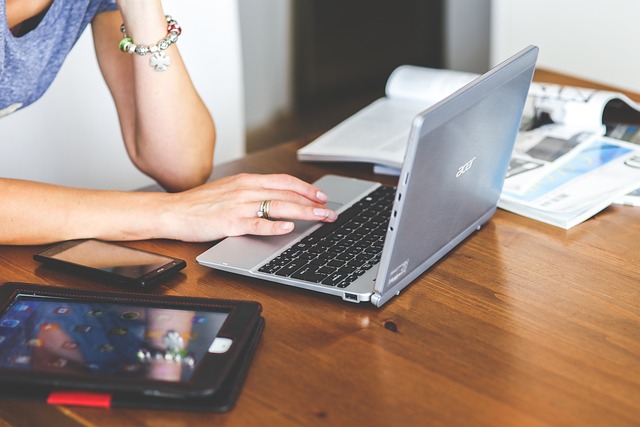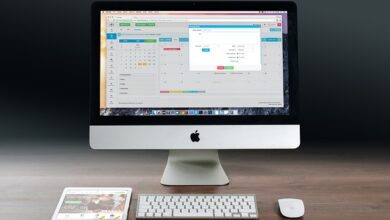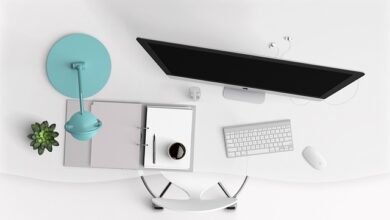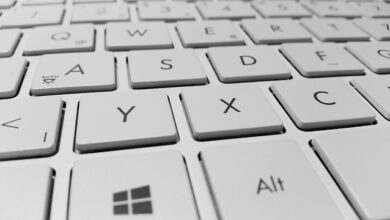How to Use AI to Generate Stunning Images & Art

Artificial Intelligence (AI) has revolutionized the way we create and interact with art. With advancements in machine learning and generative models, AI tools can now produce stunning images and artworks that rival human creativity. Whether you’re an artist looking to expand your creative horizons or a tech enthusiast eager to explore this fascinating field, this guide will walk you through the process of using AI to generate captivating visuals.
Introduction to AI-Generated Art
AI-generated art refers to visual content created by algorithms trained on vast datasets of existing artwork. These algorithms learn patterns, styles, and techniques from these datasets and use them to generate new, original pieces. The result is often surprising, thought-provoking, and aesthetically pleasing.
From photorealistic landscapes to abstract masterpieces, AI art spans various genres and mediums. Artists, designers, and hobbyists alike are embracing AI as a tool to enhance their creative workflows, experiment with novel ideas, and push the boundaries of traditional art forms.
How Does AI Create Art?
The magic behind AI-generated art lies in advanced technologies like Generative Adversarial Networks (GANs) and Diffusion Models . Here’s a simplified explanation of how they work:
1. Generative Adversarial Networks (GANs)
GANs consist of two neural networks:
- Generator : Creates images based on random inputs.
- Discriminator : Evaluates whether the generated image looks realistic compared to real-world examples.
Through repeated iterations, the generator improves its output until it fools the discriminator into thinking the generated image is authentic.
2. Diffusion Models
Diffusion models reverse a process called “noising,” where an image gradually loses detail until it becomes pure noise. By reversing this process, the model learns to reconstruct detailed images from scratch. This technique powers many modern text-to-image generators.
3. Text-to-Image Models
These models take textual descriptions (prompts) as input and generate corresponding images. Examples include DALL·E, MidJourney, and Stable Diffusion. They combine natural language processing (NLP) with image generation to interpret prompts and create visuals.
Popular AI Tools for Generating Images & Art
Here’s a list of some of the most popular AI tools available today:
1. DALL·E
Developed by OpenAI, DALL·E generates highly detailed and imaginative images from textual descriptions. It excels at creating surreal, fantastical, and conceptually rich visuals.
- Best For: Conceptual art, futuristic designs, and experimental imagery.
- Platform: Web-based.
- Pricing: Free tier available; paid plans start at $15/month.
2. MidJourney
MidJourney is known for producing visually striking and artistic results. Its outputs often resemble professional illustrations or paintings.
- Best For: Illustrations, fantasy art, and high-quality renders.
- Platform: Discord-based interface.
- Pricing: Starts at $10/month.
3. Stable Diffusion
An open-source alternative, Stable Diffusion allows users to run the model locally on their computers. It offers flexibility and customization options.
- Best For: Advanced users who want control over the generation process.
- Platform: Local installation or web interfaces like DreamStudio.
- Pricing: Free for local use; premium services vary.
4. Adobe Firefly
Part of Adobe’s Creative Cloud suite, Firefly integrates seamlessly with Photoshop and Illustrator, making it ideal for designers.
- Best For: Professional design projects and branding materials.
- Platform: Desktop and cloud-based.
- Pricing: Included in Adobe subscriptions.
5. Canva Magic Design
While not as advanced as other tools, Canva’s AI-powered features allow beginners to quickly generate simple yet appealing graphics.
- Best For: Social media posts, presentations, and marketing materials.
- Platform: Web-based.
- Pricing: Free version available; Pro plan starts at $12.99/month.
Step-by-Step Guide to Creating AI Art
Follow these steps to get started with generating stunning AI art:
Step 1: Choose Your Tool
Select an AI art generator based on your needs and budget. Beginners might prefer user-friendly platforms like Canva, while professionals may opt for more sophisticated tools like MidJourney or Stable Diffusion.
Step 2: Craft Your Prompt
Write a clear and descriptive prompt that conveys what you want the AI to create. Include details such as:
- Style (e.g., watercolor, oil painting, cyberpunk).
- Subject matter (e.g., portrait, landscape, abstract shapes).
- Mood or atmosphere (e.g., dreamy, dark, vibrant).
Example Prompt:
“A futuristic cityscape at sunset, rendered in a cyberpunk style with glowing neon lights, towering skyscrapers, and flying cars.”
Step 3: Experiment with Settings
Most AI tools offer adjustable parameters, such as aspect ratio, resolution, and style intensity. Play around with these settings to refine your output.
Step 4: Generate and Review
Submit your prompt and let the AI generate the image. Review the results and make adjustments if needed. Some tools allow multiple iterations, so don’t hesitate to try again.
Step 5: Post-Processing (Optional)
Use graphic editing software like Photoshop or GIMP to enhance the final piece. Add filters, adjust colors, or incorporate additional elements to personalize the artwork.
Step 6: Save and Share
Once satisfied, save your creation in your preferred format (JPEG, PNG, etc.) and share it on social media, portfolios, or print it for display.
Tips for Maximizing Your Results
To achieve the best outcomes when working with AI art generators, keep the following tips in mind:
- Be Specific in Your Prompts The more detailed your description, the better the AI understands your vision. Avoid vague terms and focus on concrete adjectives.
- Iterate and Refine Don’t settle for the first result. Generate multiple variations and tweak your prompts to improve accuracy.
- Combine Styles Mix different artistic styles to create unique hybrids. For example, blend impressionism with sci-fi themes for intriguing effects.
- Leverage Negative Prompts Many tools support negative prompts, allowing you to exclude unwanted elements (e.g., “no people,” “no text”).
- Learn Basic Editing Skills Knowing how to edit images post-generation can significantly elevate the quality of your final product.
- Stay Updated AI technology evolves rapidly. Follow blogs, forums, and communities dedicated to AI art to stay informed about new tools and techniques.
Ethical Considerations in AI Art
While AI art opens up exciting possibilities, it also raises important ethical questions:
1. Copyright Issues
AI models are trained on datasets containing copyrighted material. Ensure you understand the licensing agreements of the tools you use and avoid reproducing protected works without permission.
2. Attribution
If you sell or publish AI-generated art, consider disclosing its origin to maintain transparency.
3. Impact on Human Artists
Some argue that AI could devalue human creativity. Support artists by collaborating with them or using AI as a complementary tool rather than a replacement.
4. Bias in Training Data
AI systems can perpetuate biases present in their training data. Be mindful of potential cultural or gender biases in the outputs.




